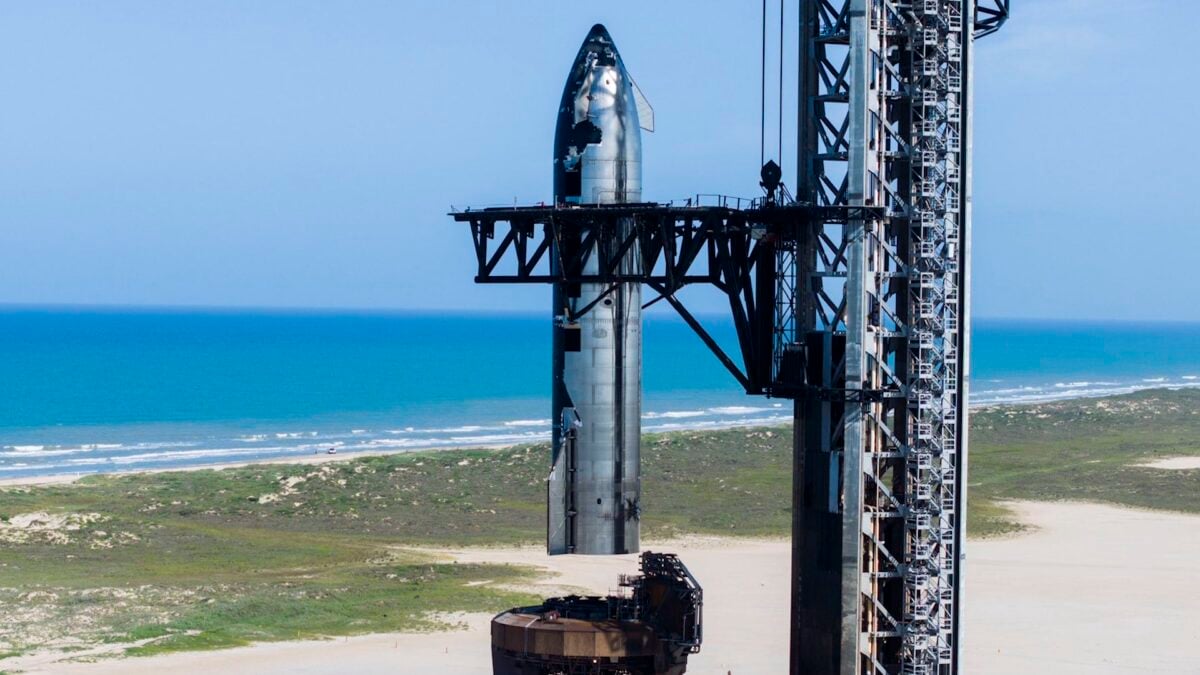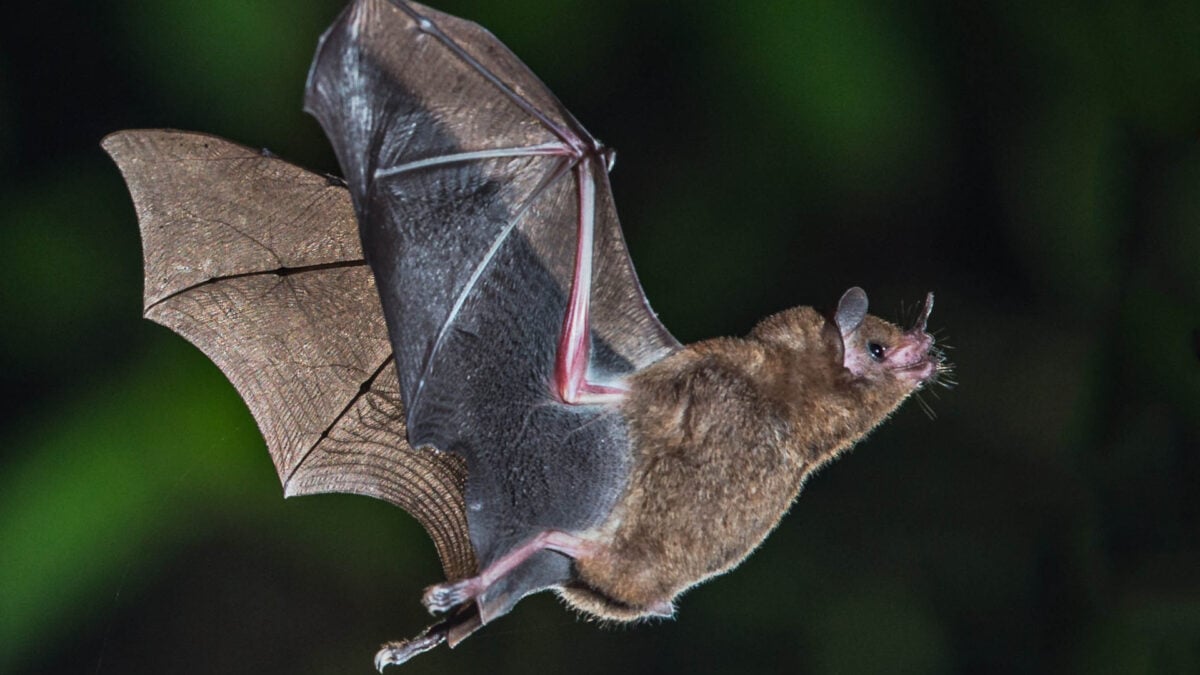When Starship Comes to Florida, Expect 2-Hour Flight Delays, FAA Warns

SpaceX aims to expand its Starship operations to Cape Canaveral, Florida, with a goal of launching 44 super heavy-lift rockets per year. If regulators approve this plan, the uptick in launch activity could result in more ground stops, reroutes, and flight delays at major airports throughout the Sunshine State, according to the Federal Aviation Administration.
In a draft environmental impact statement released this month, the FAA states that airports such as Fort Lauderdale/Hollywood International, Orlando International, Tampa International, and Miami International could see average delays of up to two hours for Starship launches and Super Heavy booster landings. Reentries could cause delays of up to one hour. In some cases, travelers may also experience flight diversions or cancellations, according to an accompanying slide deck.
A potential surge of airspace hazards
Such issues would stem from temporary airspace closures, called Aircraft Hazard Areas (AHAs), set up during Starship launch activities. These temporary flight zone restrictions separate aircraft from hazards such as falling debris or the launch vehicles themselves. The location and size of AHAs depend on multiple factors and vary between missions, but the FAA currently estimates Starship launches from Cape Canaveral would impact air routes extending 1,600 nautical miles (2,963 kilometers) eastward over the Atlantic Ocean.
Depending on the rocket’s flight path, AHAs could force the agency to close dozens of coastal and deep-water oceanic airways over the Atlantic, the Gulf of Mexico, the Caribbean, and some Central American countries. Under these restrictions, aircraft may require significant reroutes to avoid AHAs. According to the FAA’s assessment, Starship launch and Super Heavy booster landing AHAs could affect up to 200 commercial aircraft per hour during peak daily travel times, while reentry AHAs could affect up to 600 per hour.
Airport operations may need to adjust
It’s not yet clear whether affected airports will need to adjust operations to accommodate Starship’s arrival in Florida. Spokespersons for Miami International and Tampa International told TechCrunch their airports have yet to be involved in any briefings or procedural planning with SpaceX or the FAA.
SpaceX already launches dozens of Falcon 9 rockets from Cape Canaveral each year, but these smaller, more predictable rockets necessitate significantly smaller AHAs. Bringing big, volatile Starship—which has exploded over Starbase, Texas, many times—to Florida will certainly exacerbate the impact SpaceX has on the state’s commercial airspace.
The draft EIS notes, however, that Starship AHAs could shrink as the launch system becomes more reliable. Additionally, pre-coordinated reroutes, dynamic scheduling, and time-based traffic flow management could reduce operational burdens, the draft EIS states.
Starship’s Florida expansion charges ahead
Though SpaceX’s proposal is still pending FAA approval, it has already begun building Starship launch infrastructure at Kennedy Space Center. SpaceX plans to complete the launchpad at Kennedy Space Center’s Launch Complex 39A this year while environmental impact assessments move forward. The company has also started construction on the Gigabay in Florida. SpaceX will use this massive, vertical manufacturing and assembling facility to stack and finalize Super Heavy boosters before flight.
If SpaceX has its way, Starship will launch from Cape Canaveral before the year is out. First, the FAA must determine whether the U.S. can handle the ripple effects of launching this rocket in one of the nation’s busiest air corridors. For passengers, this could lead to a lot more uncertainty when flying through the Sunshine State.








